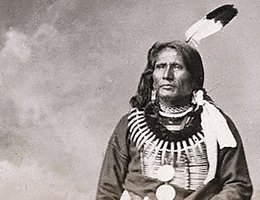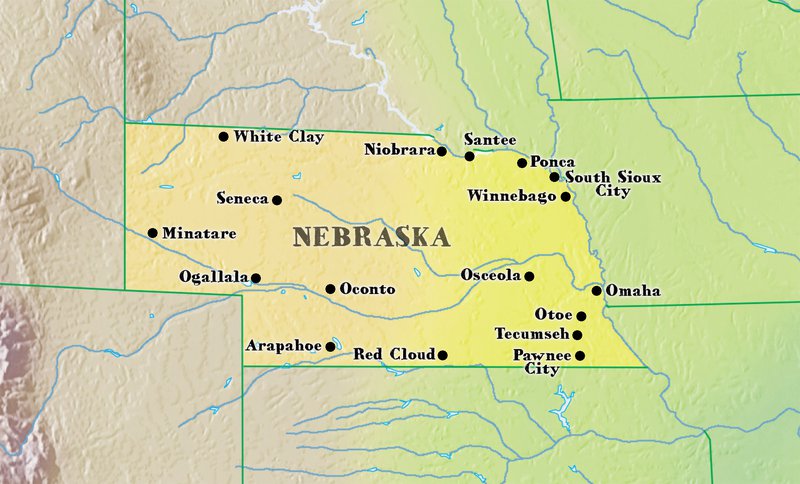
Imagine yourself living in 1875. You’re living on a small, but beautiful part of the country between the Niobrara and Missouri Rivers. Just to the south, the new state of Nebraska is less than 10 years old.


For years, you have moved and been moved from one place to another. Then a United State government Indian inspector informs you that you have to move again — and you have to move over 500 miles south to Indian Territory in what is now the state of Oklahoma. You will then travel for several months to an area where the national government has promised you will find shelter, food, and housing. When you arrive, you find nothing but hot August winds. No land has been set aside upon which you can permanently settle down.
This journey will become known as the Ponca Tribe’s "Trail of Tears."
This is the story of a remarkable Native American man and the tribe he was a member and leader of. It is a story that challenged and changed the U. S. legal system. It’s a story that created massive national and international interest at the time, but that may be only remembered now in the names given to locations in Nebraska years ago.
Who was this man? Who were the tribal members? Well, have you ever visited Ponca State Park located in northeast Nebraska on the banks of the Missouri River? Or, have your been to Standing Bear Lake near Omaha? Well, even if you have never visited either area, you now know the name of the tribe and its famous leader. The Ponca Indians and Standing Bear will become key participants in a landmark Federal court case held in Omaha in 1879. "Standing Bear vs. Crook" will be a small first step by Indians to achieve limited justice under the U.S. Constitution.
The state of Nebraska was home to many tribes, and the names of many places in the state come from Native American names.

To learn more about Standing Bear's trial and journey watch the full documentary "Standing Bear's Footsteps" produced by NET.